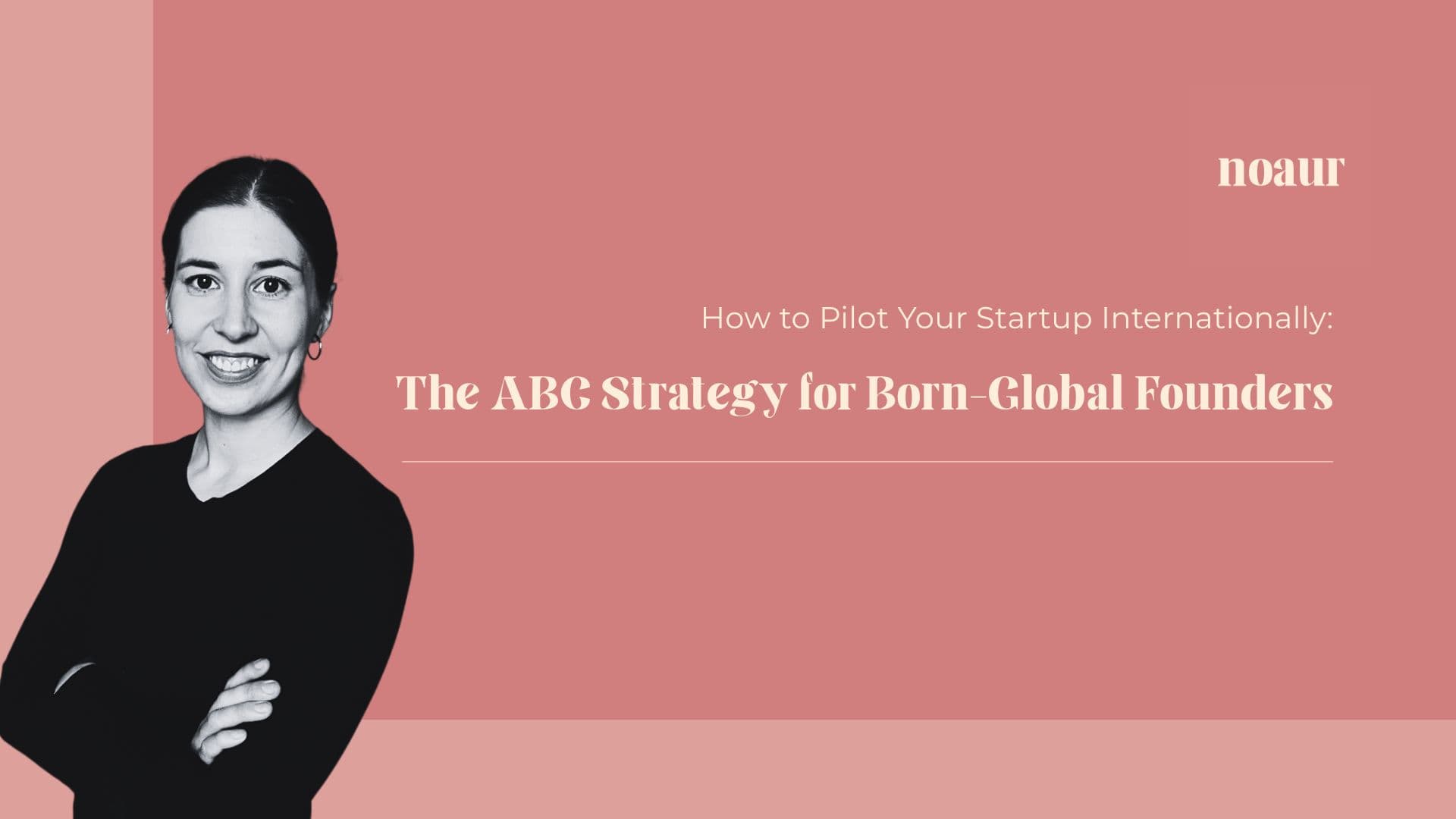General business models often aren’t suitable for startups, as they do not have past data to base their decisions on and need to iterate quickly based on real-time learnings from the market. That’s why many startups lean on the Lean Startup methodology.
The Lean Startup approach focuses on building a minimal viable product (MVP), testing assumptions quickly, learning from real customer feedback, and adjusting accordingly, rather than investing years into a product that may not fit the market.
In startups, marketing is not just about creating attention and desirability for a product or service, later closed by a sales department like in traditional companies. Instead, its most important function is to collect data. It shows you quickly what topics resonate with which audiences, and it doesn't lie. You can immediately see whether your product and messaging spark interest among prospective buyers.
Combining marketing with your piloting phase can significantly increase the amount of valuable data you're collecting from the market, whether you're in B2C or B2B. While marketing may not always reveal why something works or doesn’t work right away, it provides you with immediate signals that guide your next steps.
It fits perfectly with the Lean Startup methodology: test fast, learn fast, and adapt based on actual feedback instead of assumptions.
Now, how can you use lean startup marketing principles in international markets when piloting your product? If you’re a born-global startup, meaning you aim from the very beginning to validate and scale outside your domestic market, here’s how you should move forward:
A - Audience Selection
International piloting is expensive and time-consuming — that’s why narrowing your focus early is critical. You cannot test “the whole world” at once, maybe not even a single country. Start by carefully selecting a few target markets that are likely to offer early signs of demand. Look for:
- Cultural fit: Where does your solution naturally make sense without heavy localization?
- Problem urgency: Where is the pain point you are solving the strongest?
- Accessibility: Which markets are easier to access digitally (language, regulations, buying habits)?
Pick 2–3 international markets, ideally with specific cities that seem promising. Don’t spread yourself too thin at this stage.
B - Build Hypotheses and Testing Materials
Before launching into action, build clear hypotheses:
- Who do you think your early adopters are in each market? (Identify specific companies or customer personas.)
- What messaging will resonate with them?
- Through which channels are they reachable?
Then, create simple, lightweight marketing materials to test those hypotheses: Think landing pages, short ad campaigns, organic posts, and B2B partnerships. Minimal versions that are fast to deploy but strong enough to signal real interest. You might want to combine interviews with social media marketing in Stage 1.
But remember! Marketing in the piloting phase is not about scaling yet, it's about getting honest signals and information for iterating your offering.
C - Collect, Analyze, and Adjust
Once you launch small campaigns or pilots with partners, track the results closely:
- Which markets showed the highest interest and engagement in your offering?
- Which messages and value proposals worked best?
- Where did you face silence or objection?
Don’t rush to conclusions from tiny sample sizes, but do look for patterns. If a certain market shows repeated signs of interest, or one message clearly performs better than others, follow that trail and continue testing.
If nothing resonates, adjust your assumptions. Either your market choice, audience definition, messaging, or even the product angle may need to be fine-tuned.
You may want to create multiple pilot phases: Stage 1, Stage 2, Stage 3 - where you continue learning and building partnerships. This approach helps you refine your product faster and gain continuous feedback along the way.
Final Thought
Being born-global doesn’t mean doing everything bigger and faster. It means learning smarter — and acting based on real-world signals earlier, focusing on your ideal customer base. By using marketing as your listening tool, not just a selling tool, you can find your best international growth opportunities faster and with fewer costly mistakes.
Need a clearer action plan for your international piloting phase?
Ready to find your best international growth opportunities faster and with less guesswork? We offer tailored piloting plans for born-global startups that want to validate their product-market fit internationally from day one. You'll get:
- A custom market and audience selection strategy
- Step-by-step marketing pilots mapped out
- Practical templates to collect and analyze real-world signals
Book a free 30-minute consultation with Amanda to kickstart your born-global piloting strategy.
➡️ Message her directly on LinkedIn or email amanda@noaur.group to schedule your session.

